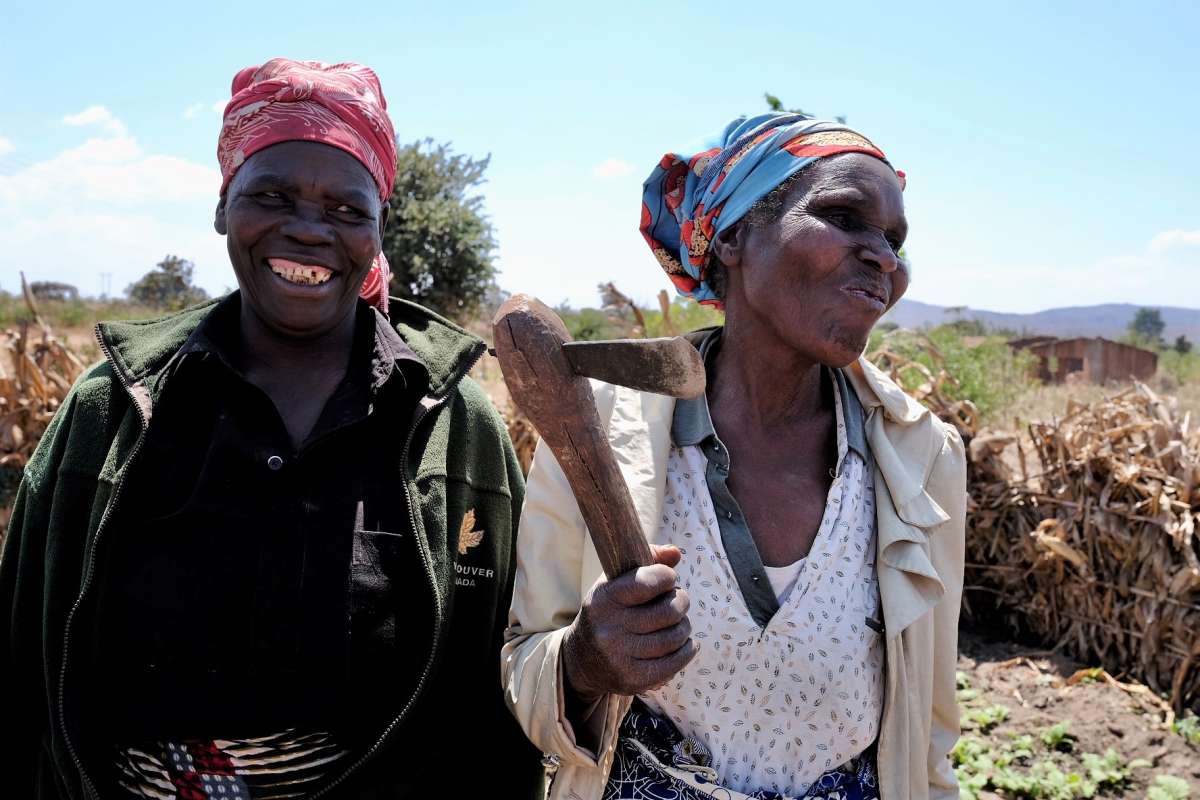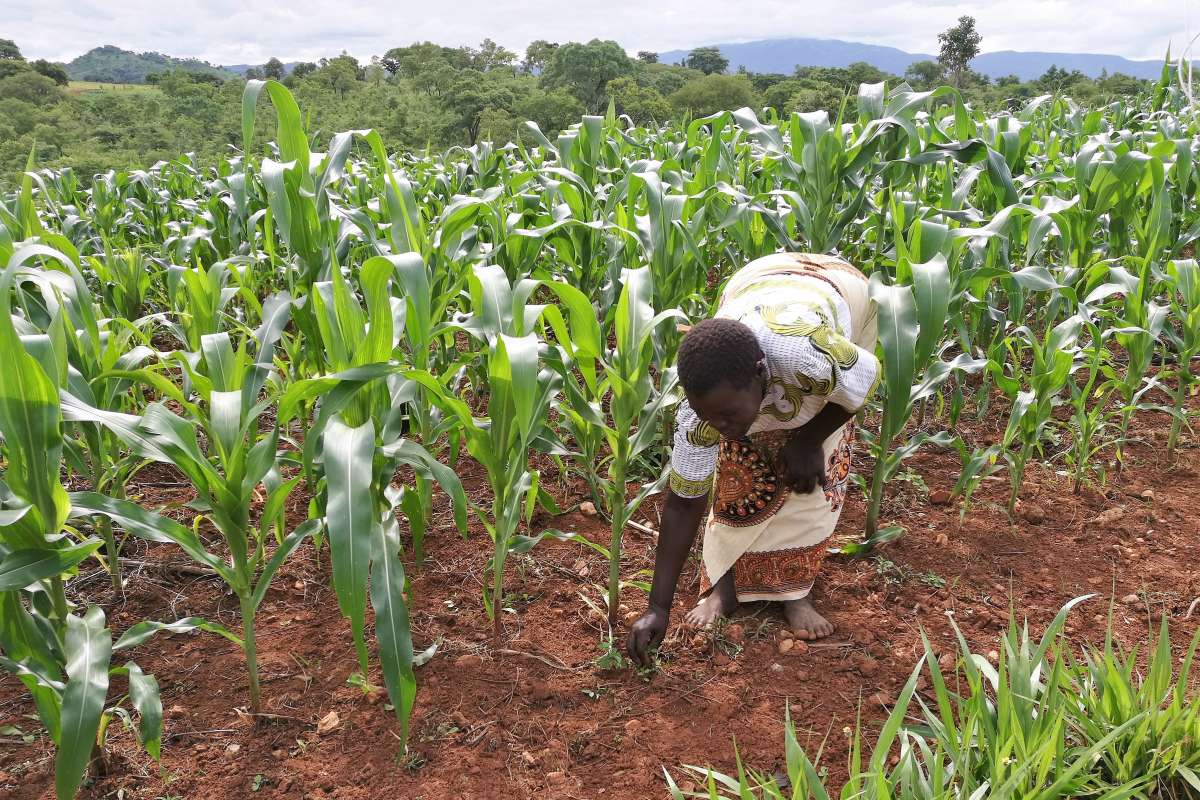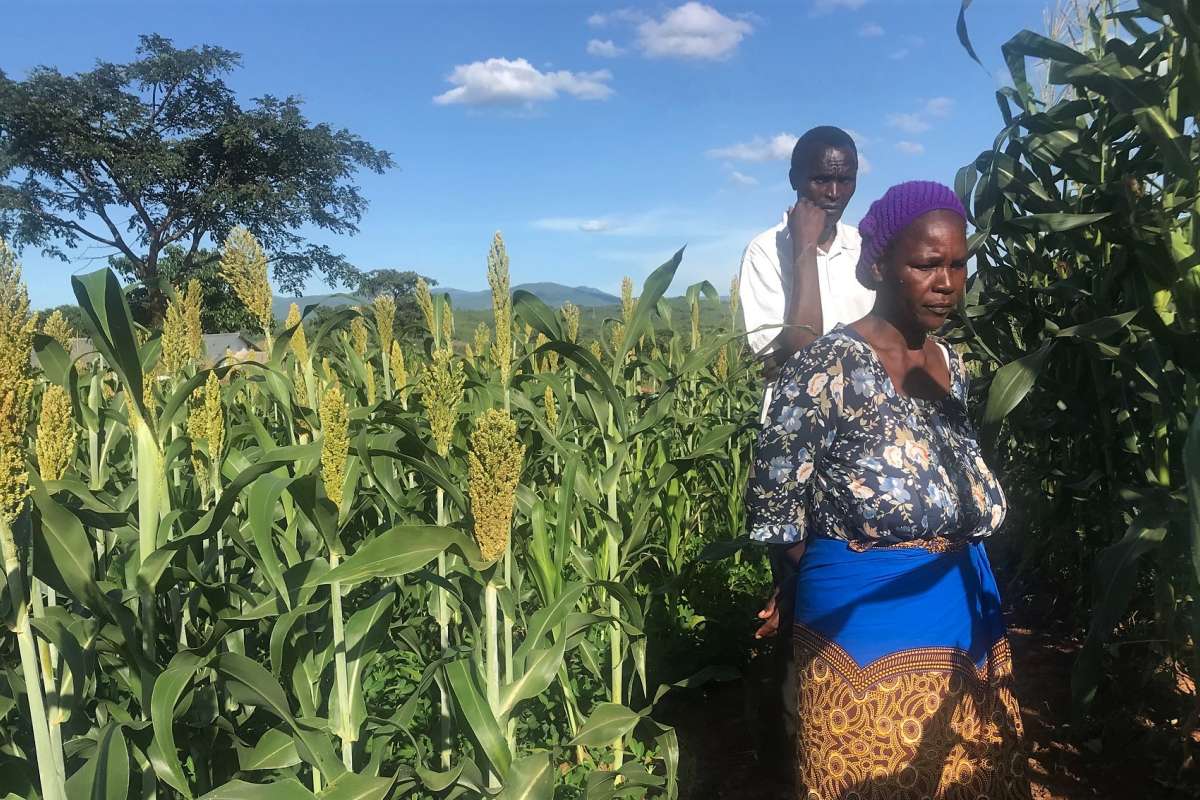Reaching Malawian farmers with plant health messages
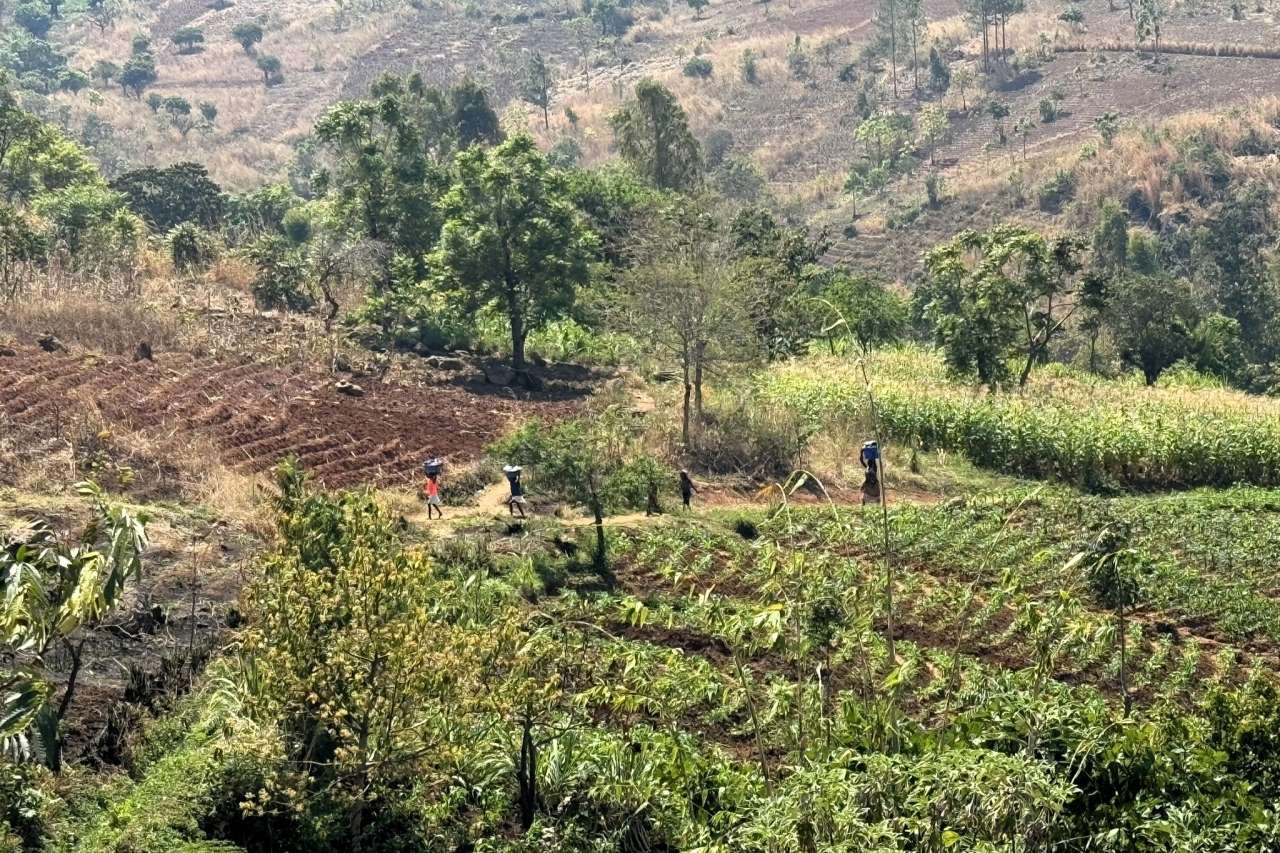
A key focus of the MaDiPHS project is ensuring farmers can access critical plant health information. However, in Malawi, challenges such as low literacy rates and limited internet make it difficult to reach rural communities through conventional methods. Photo: Siri Elise Dybdal
Access to reliable information is a major barrier for farmers in Malawi striving to maintain healthy crops. To address this, the MaDiPHS project is harnessing innovative methods to share vital plant health knowledge in local languages to ensure farmers can access information on protecting crops also in remote areas.
The MaDiPHS project, led by the Norwegian Institute of Bioeconomy Research (NIBIO), is a five-year initiative aimed at revolutionising pest and disease management for farmers in Malawi. By developing a digital plant health service, the project seeks to benefit smallholder farmers growing essential crops like maize, tomato, cassava, banana, and groundnuts.
A key focus of the project is ensuring farmers can access critical plant health information. However, in Malawi, challenges such as low literacy rates and limited internet make it difficult to reach rural communities through conventional methods. Many farmers rely on oral communication and have little experience with digital platforms, rendering traditional online approaches ineffective.
To address these barriers, alternative communication methods such as interactive voice response (IVR) systems, radio broadcasts, and community-based messaging play a crucial role. Viamo’s 321 platform, for instance, offers voice-based messages in local languages like Chichewa, allowing users to access critical agricultural, health, and public service information using basic mobile phones. This system bypasses the need for internet access, ensuring that even those in remote areas can benefit from vital knowledge.
Currently, these innovative solutions are being tested as part of the MaDiPHS project, offering new hope for more inclusive and effective plant health management in Malawi.
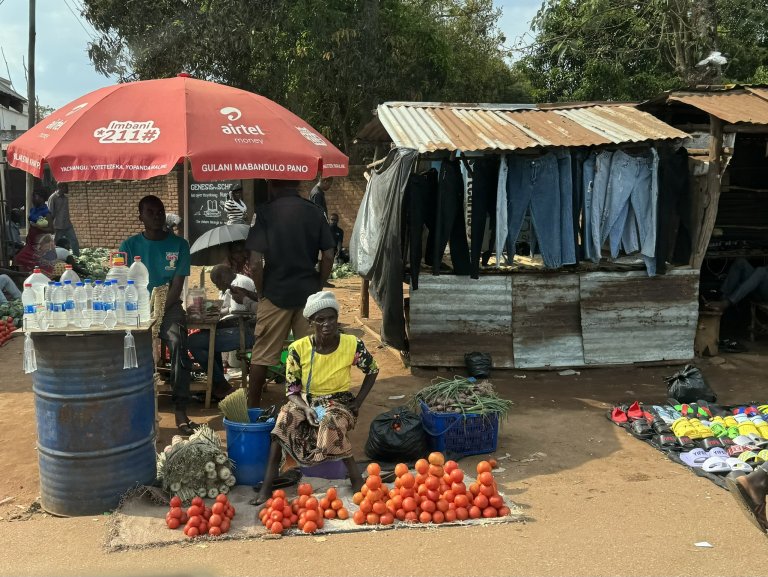
No need for internet
“The 321 platform is a voice-based system designed for users without internet access. It functions as a menu-based service covering topics like human health, news, weather updates and agriculture, says Rebecca Saeluzika,” VIAMO platform manager in Malawi.
“Users access the service via a basic dial pad and can select options for sexual reproductive health, clean water, and other public services. The service operates in English and local languages like Chichewa, with a voice selector for location and language preferences. It is available 24/7, with the first eight calls being free; subsequent calls cost fifteen kwacha each,” explains Saeluzika.
1 USD corresponds to approximately 1,700 Malawian kwacha.
According to the platform manager, current usage statistics indicate around five million users in Malawi, with 800,000 to 1 million active monthly users. Viamo collaborates with partners to monitor user registration and generate reports on the reach of information, including demographics like location and gender.
“The platform’s success lies in its accessibility and affordability,” she says.
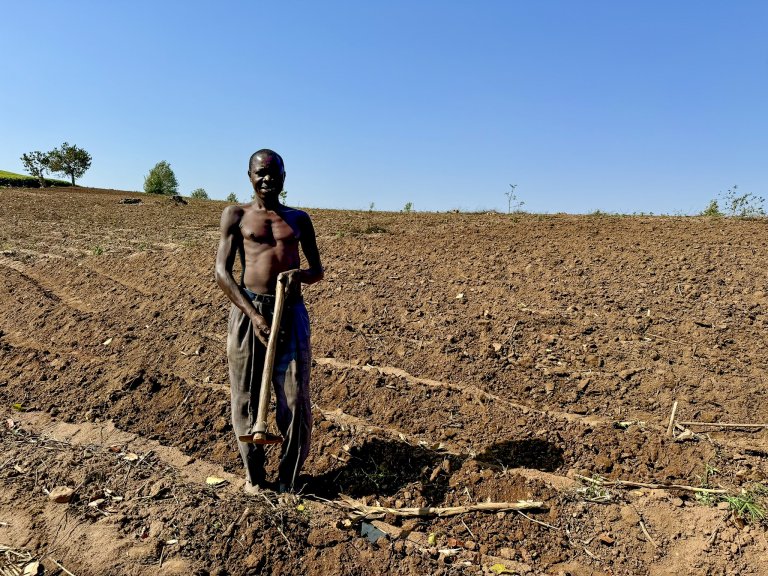
Diverse types of messages
Partnerships with organizations such as International Institute of Tropical Agriculture (IITA), and departments in the Ministry of Agriculture, (Department of Agricultural Extension Services - DAES, Department of Agricultural Research Services - DARS and Department of Crop Development -DCD) enable the creation of content on crop pests, diseases and weeds. These messages provide brief introductions to the issues, their spread, control methods, and impact.
“Dialogue-based messaging is particularly effective. For example, agricultural messages might involve a fictional conversation between an extension worker and a farmer discussing issues like maize crop wilting. Messages are crafted with input from pathologists, entomologists, communication experts, and community representatives to ensure they resonate with the intended audience,” Saeluzika explains.
Interactive Voice Response (IVR) and text-based nudges complement the voice messages, offering additional content during key periods like the rainy season.
“Content aims to promote understanding and action while addressing barriers such as lack of knowledge or accessibility to information. The platform overcomes challenges like limited access to physical extension workers in remote areas, allowing farmers to call and access information anytime,” she says.
Messages are crafted to address current agricultural challenges in Malawi, such as increasing yields and combating pests.
“For example, advice might include using specific pesticides or alternative solutions like fish soup to deter pests,” Saeluzika highlights.
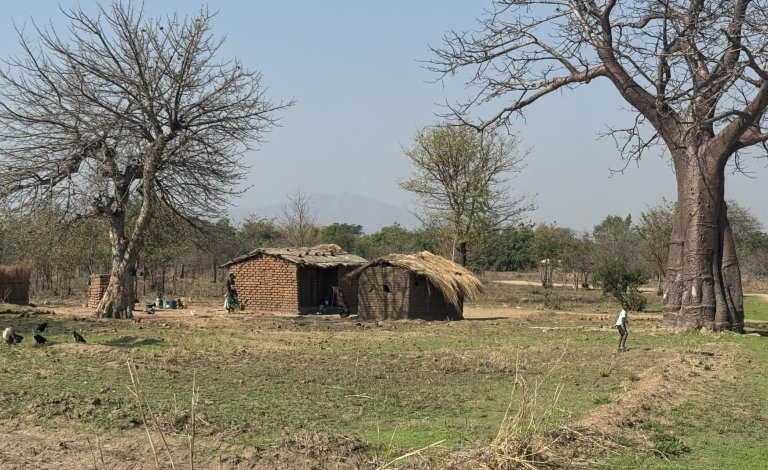
Trial
As part of the MaDiPHS-project, a total of thirty key messages have been developed so far, targeting groups of farmers—ranging from 6,000 to 8,000—who are just beginning to engage with the program, explains Jonathan Mkumbira, MaDiPHS coordinator in Malawi.
He says Viamo’s platform is being used to ensure these messages are clear, understandable, and actionable.
“The decision support system aims to empower not only farmers but also extension staff, teachers in schools, and other stakeholders.
“These messages will be distributed through a variety of channels, including television stations, radio broadcasts, lecture halls at universities, and agrodealer networks. This ensures that information reaches diverse audiences, supporting decision-making at multiple levels. Policies and real-time interfaces also play a role in enhancing accessibility and effectiveness,” says Mkumbira.
As part of the process, surveys are conducted to address key issues within farming communities.
“During the initial phases, messages are tested to assess their relevance and effectiveness, prompting redesigns when necessary. This process involves collaboration with the Ministry of Agriculture subject matter experts, and communication specialists. Workshops have been held to co-design these messages, ensuring they are both technically accurate and culturally appropriate,” Mkumbira describes.
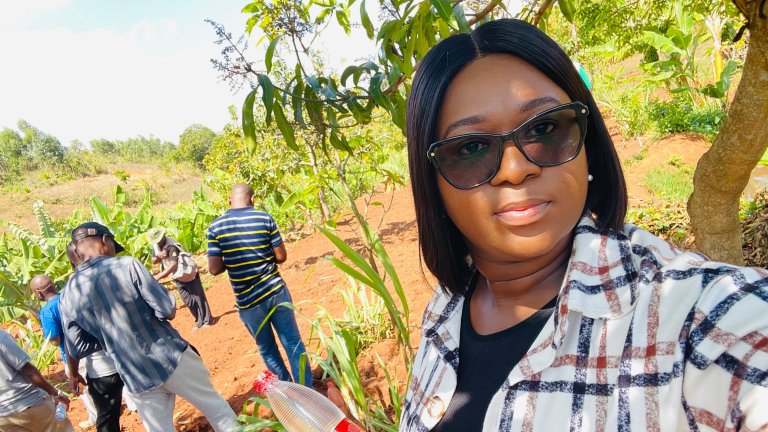
Lost in translation
However, he says there are challenges for example with regards to translation:
“The messages are translated into Chichewa, where challenges arise due to the limited vocabulary compared to English. Certain agricultural terms, such as "early blight" and "late blight" in tomatoes, have the same name in Chichewa, leading to the consolidation of two messages into one. This approach avoids confusing farmers, especially when management options are identical,” he says.
Some terms present greater challenges.
“For example, "aflatoxin" does not have a direct equivalent in Chichewa and is often translated as "Chuku," which is a more general term meaning “Fungus”. In such cases, alternative phrases are used, but these may not fully capture the intended meaning. For instance, while fungus-based options are mentioned, they might not accurately address the issue if the problem is toxicity rather than fungal infection, Mkumbira highlights.
Other complexities include translating concepts related to stages of the pest life cycles, as these do not always align with existing terms or farmer knowledge. For example, phrases describing different larval stages may require reworking to avoid confusion.
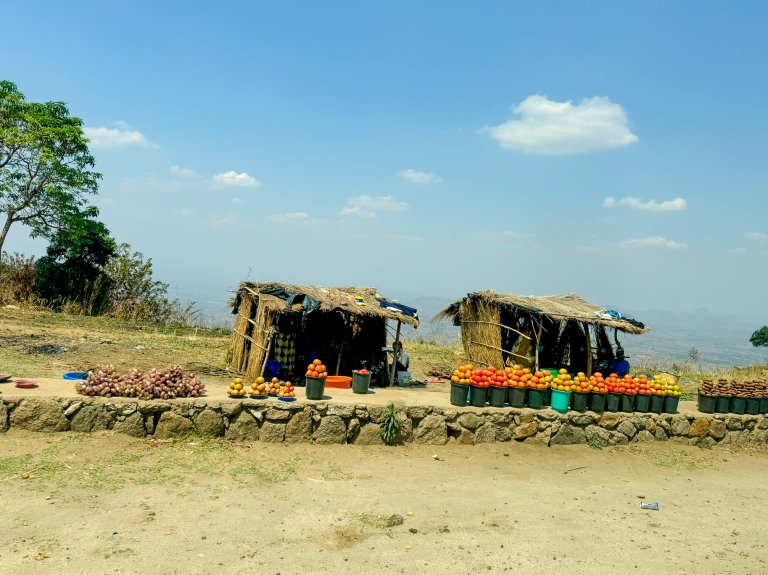
Next step
Despite the progress made, certain challenges remain, and the task is substantial, Mkumbira comments.
“The first phase focused on voice and reading materials, but the next stage will introduce visual illustrations, graphical presentations, animations, and short videos. These visual aids will enhance understanding by complementing the spoken and written content, allowing users to both see and hear the information. Short videos can convey complex ideas more effectively and with fewer words. These additions will follow further testing to ensure their effectiveness in improving knowledge and encouraging action among farmers,” the project coordinator concludes.
Contacts

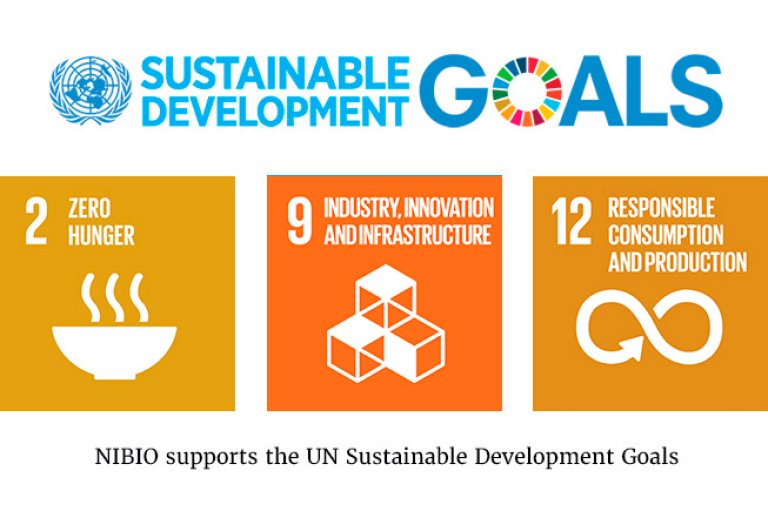
Project partners
Centre for Agriculture and Bioscience International (CABI)
Malawi Ministry of Agriculture – Departments of Agricultural Extension Services (DAES), Agricultural Research Services (DARS) and Crop Development (DCD)
Malawi Ministry of Natural Resources and Climate Change – Department of Climate Change and Meteorological Services (DCCMS)
International Centre of Insect Physiology and Ecology (icipe)
International Institute of Tropical Agriculture (IITA)
Lilongwe University of Agriculture and Natural Resources (LUANAR)
Norwegian Meteorological Institute (MET Norway)
Norwegian Institute of Bioeconomy Research (NIBIO, lead)
Penn State University (PSU)
Total Land Care (TLC)
Viamo
E-Government
The project is financed by Norad - The Norwegian Agency for Development Cooperation.
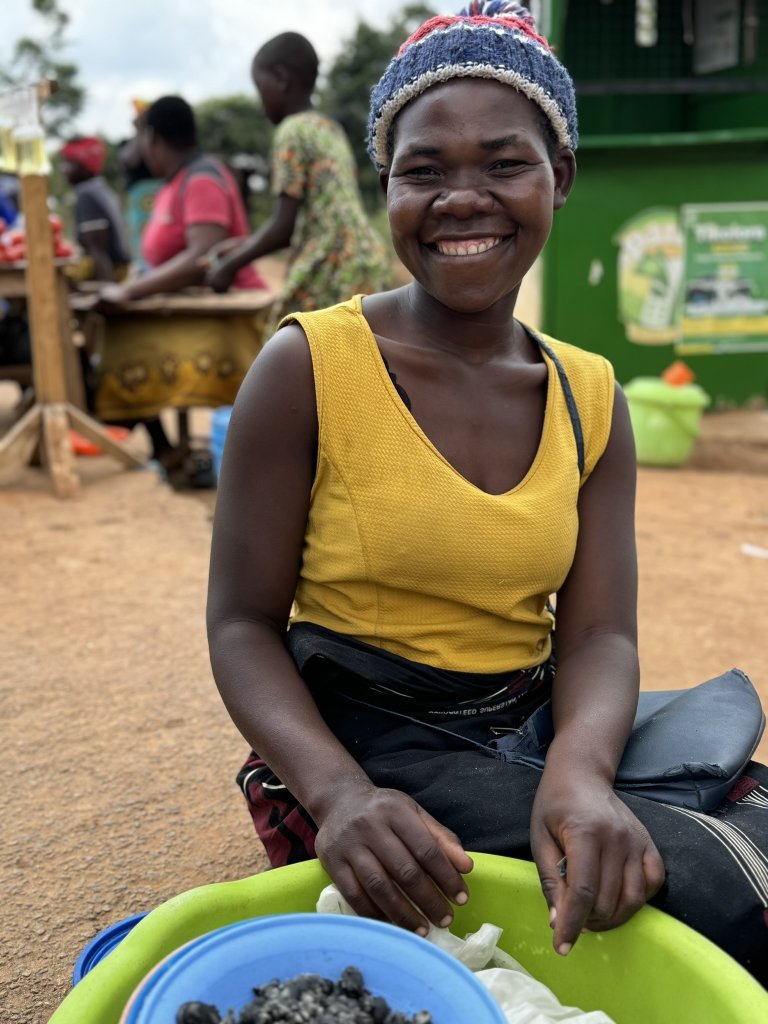
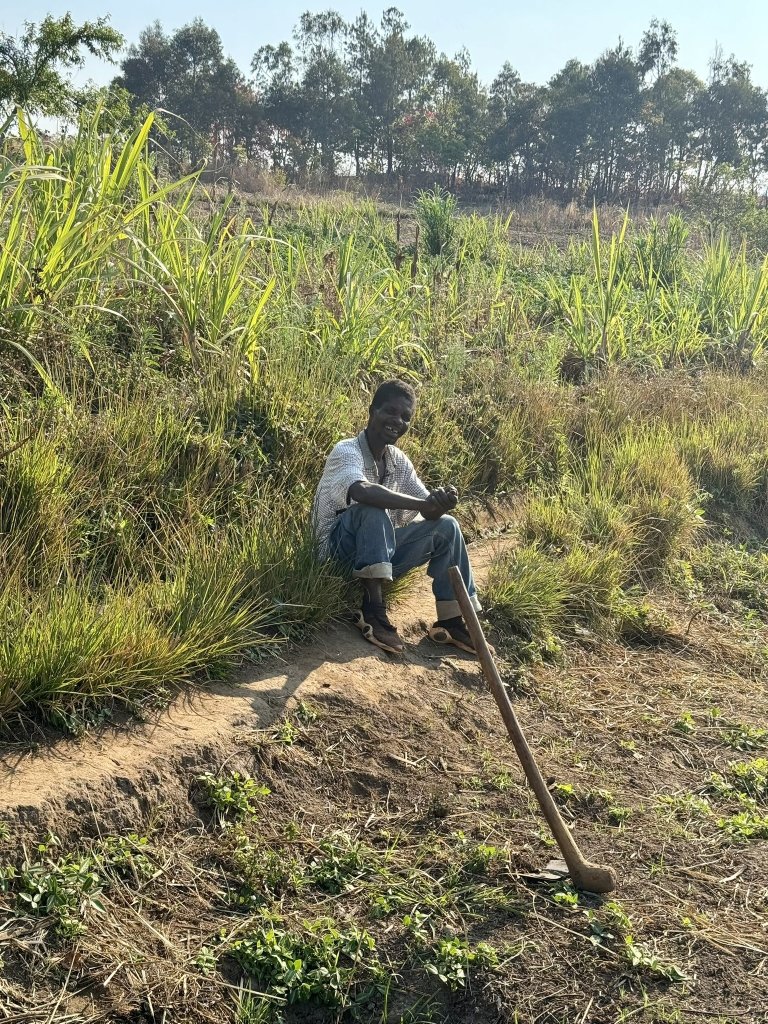
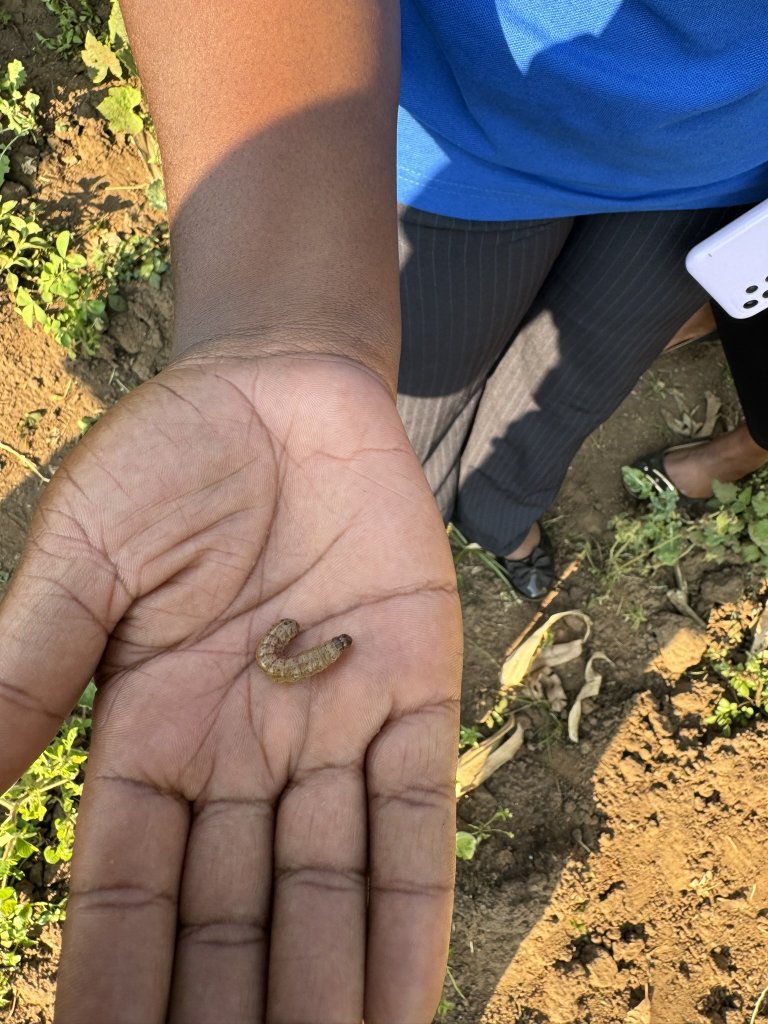
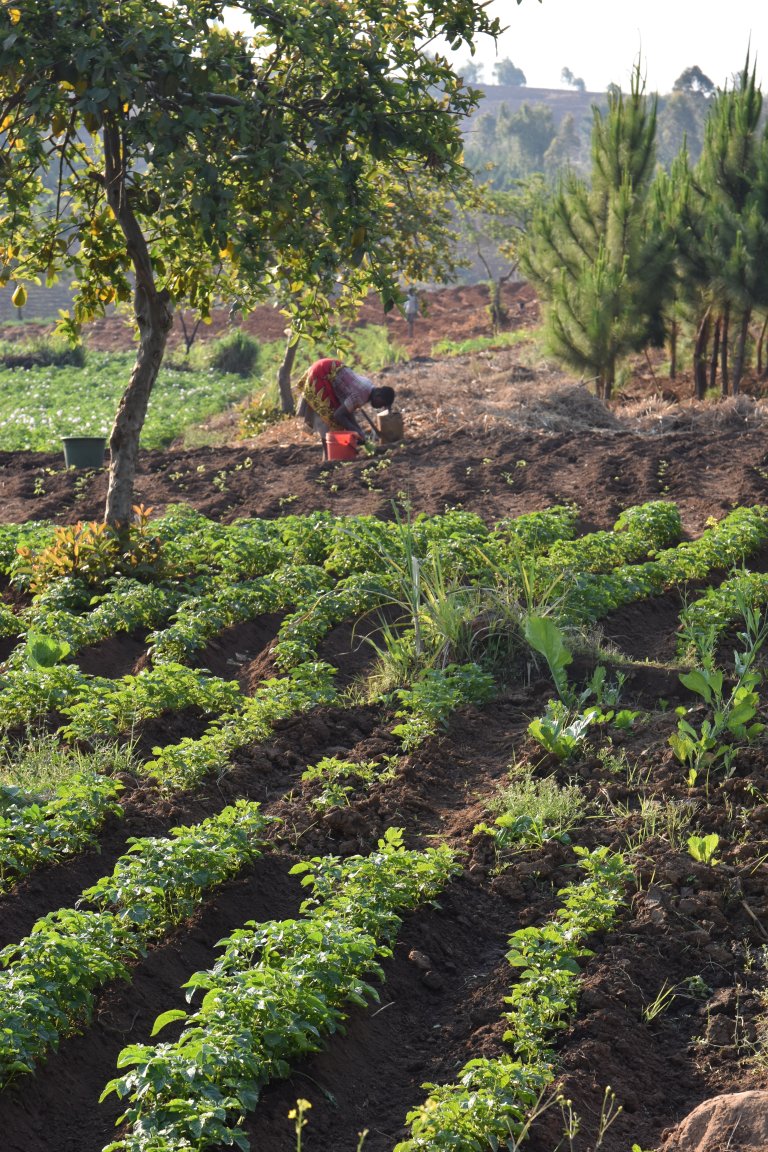
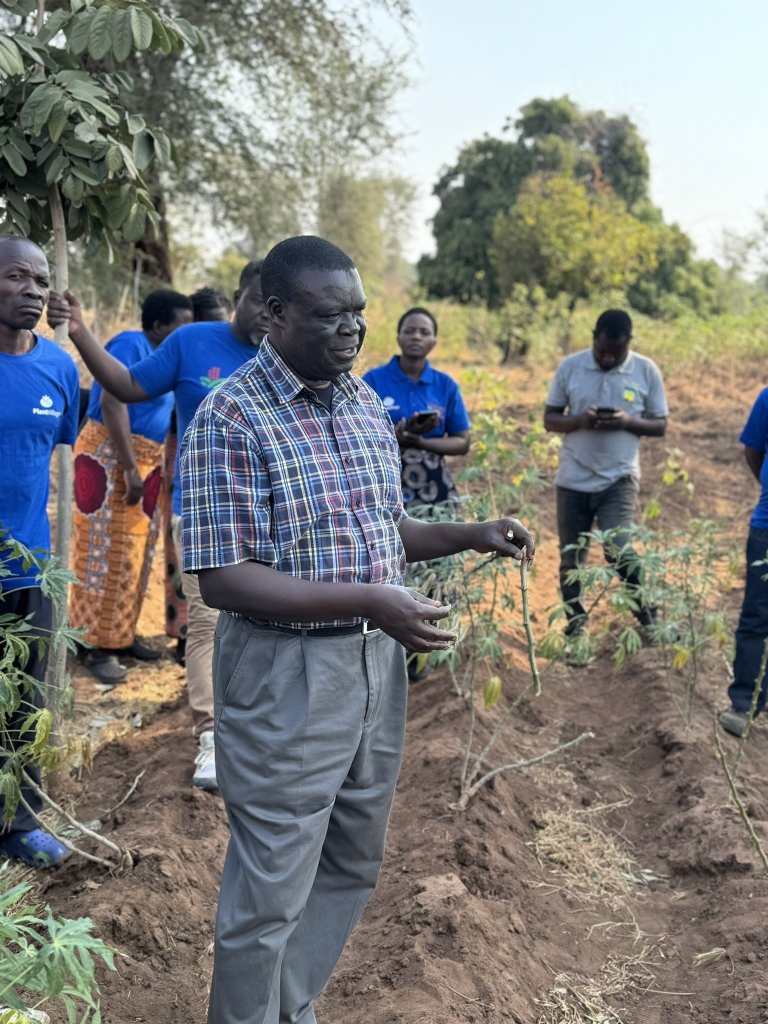
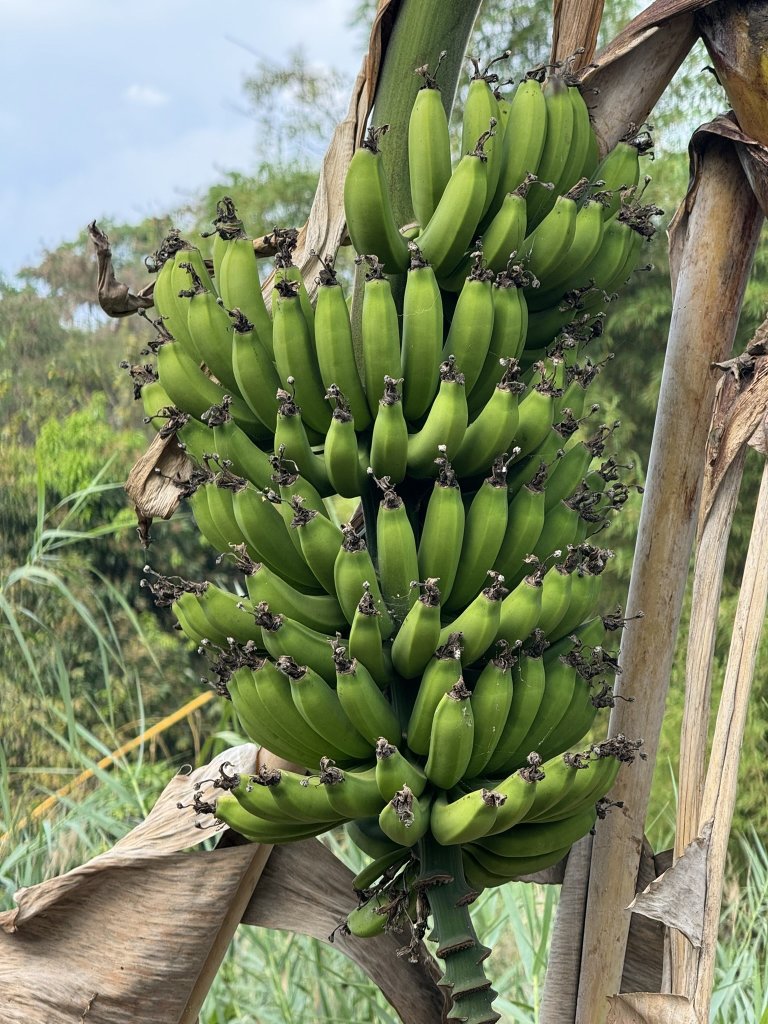
Contacts


